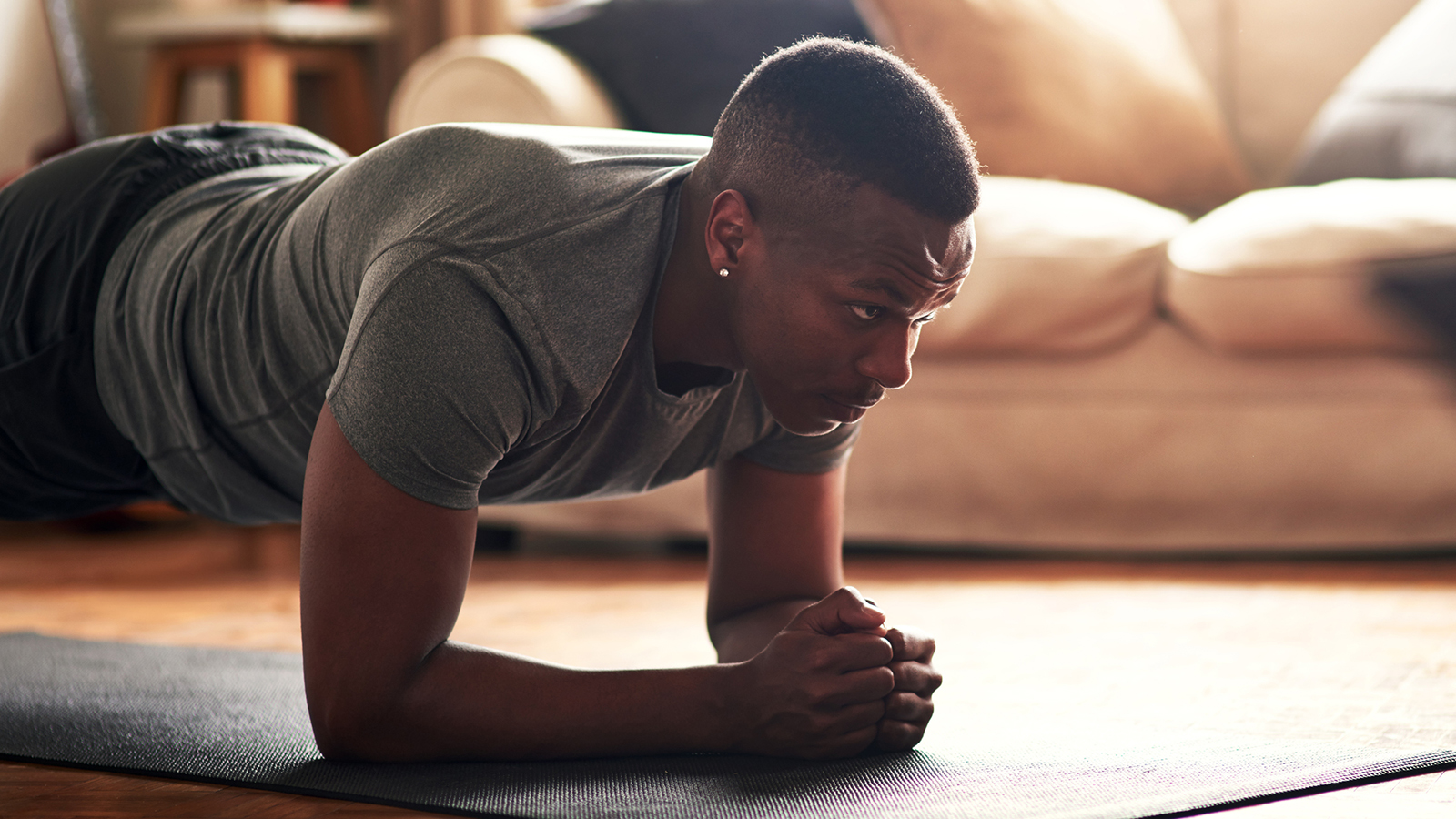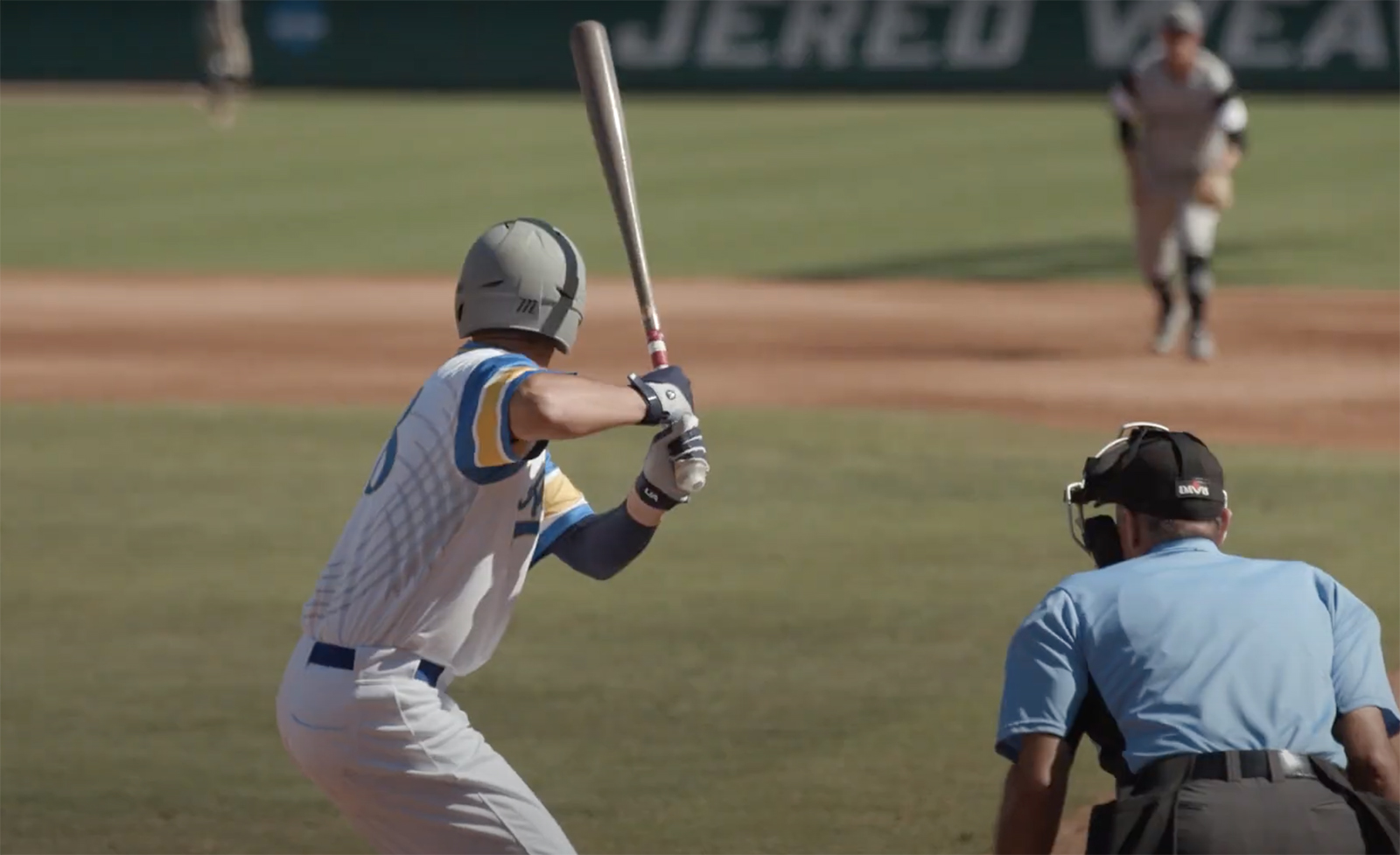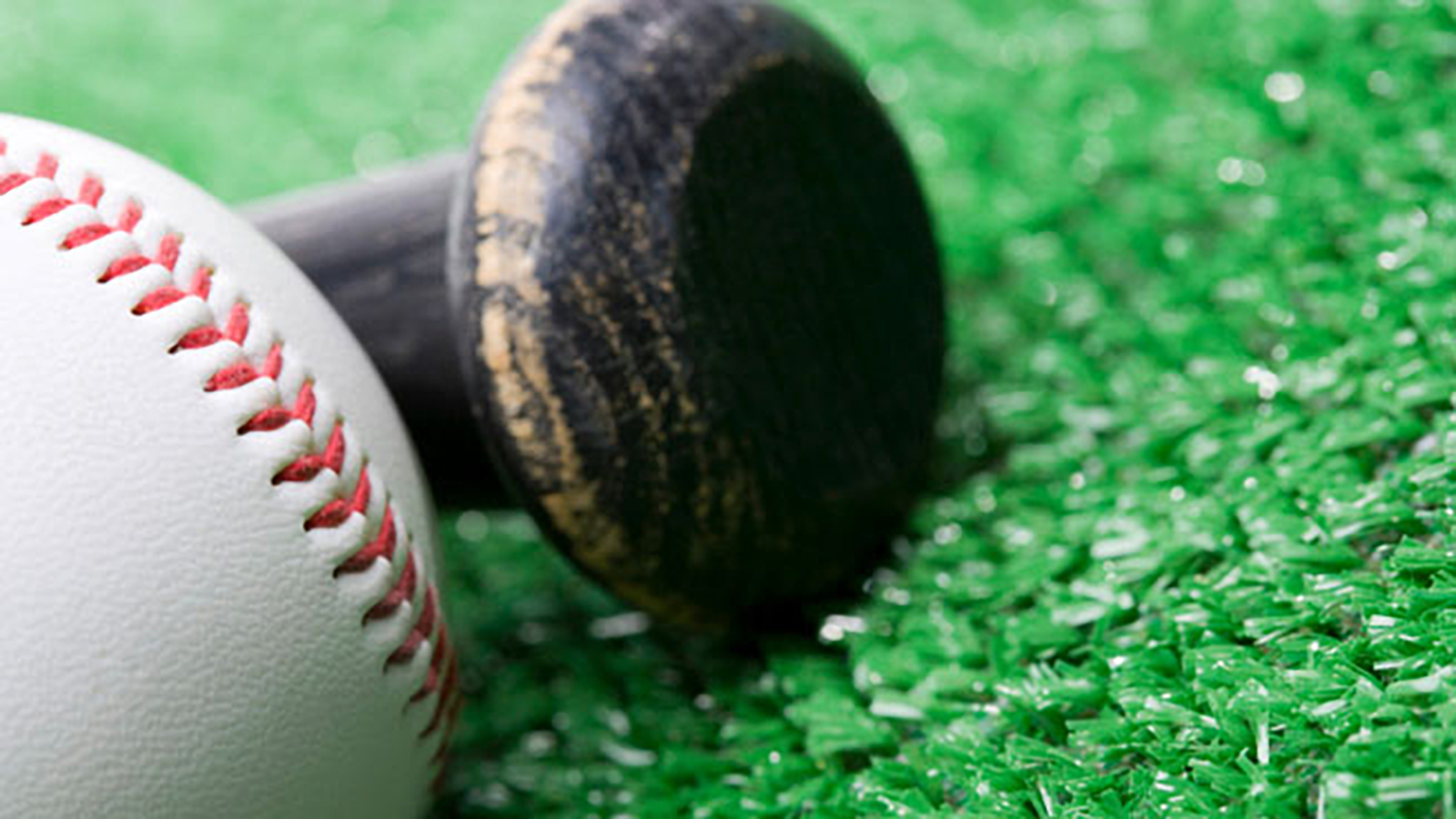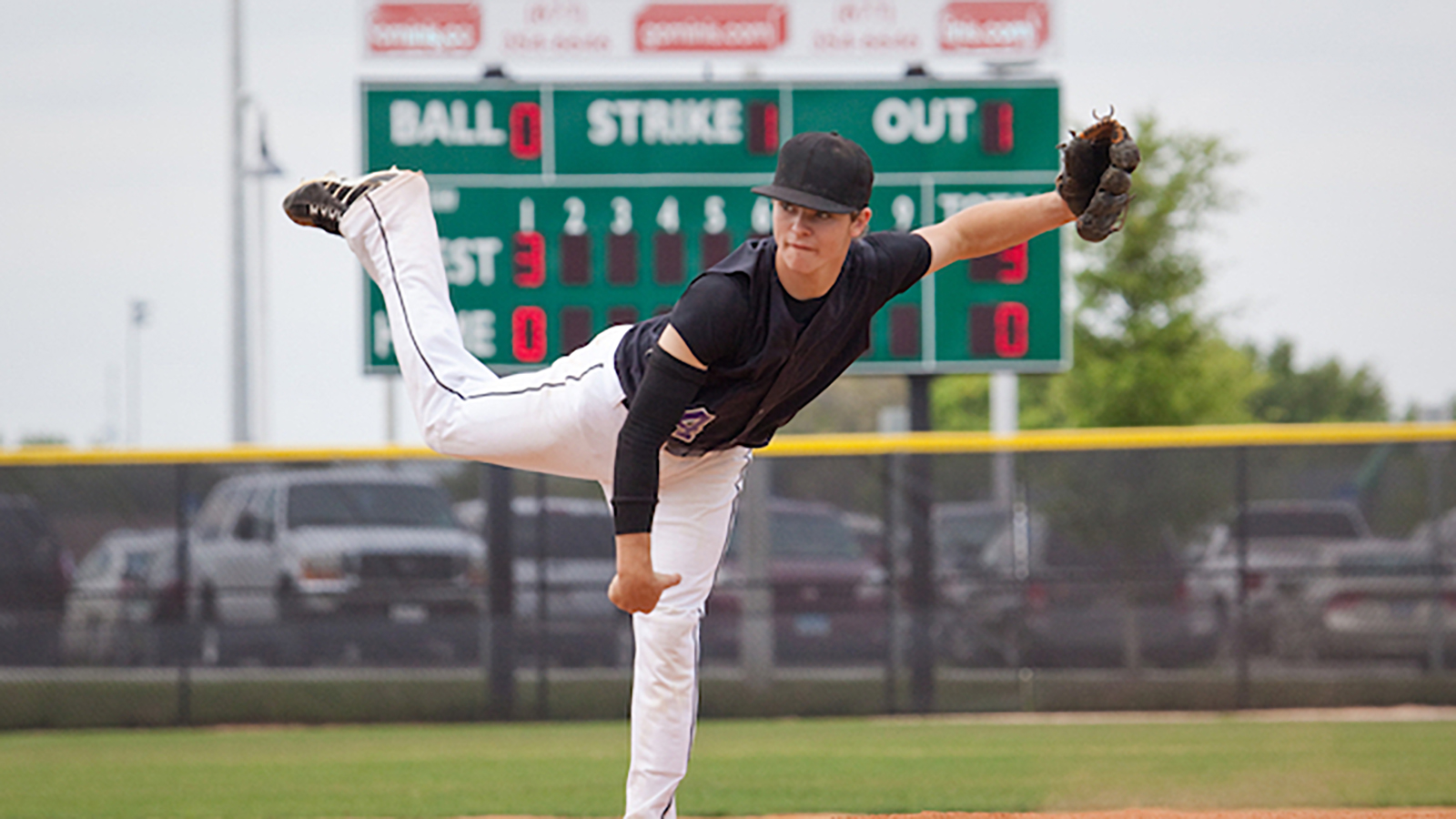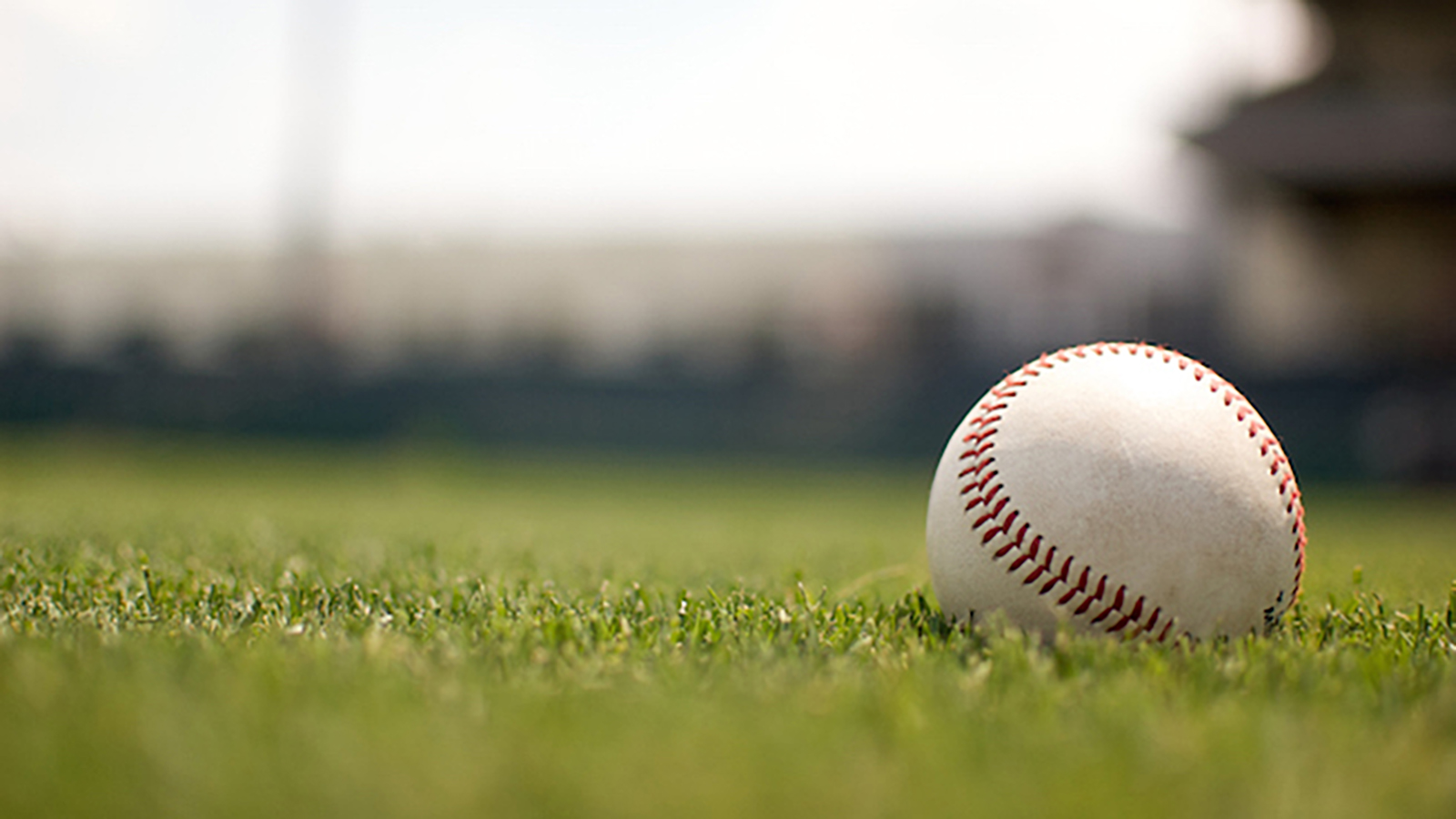Get the Most Out of Your Winter Baseball Workouts
If you’re a baseball player who also plays a fall sport, you know how difficult it can be to transition to baseball training once your fall sport is over. Baseball has so many different physical demands that it takes most athletes weeks to get back into the training groove. Follow our three guidelines (below) to get the most out of your winter baseball workouts.
Rest
The first thing you will want to do as soon as your fall sport ends is relaxed. After going hard for months, your body needs plenty of time to recover. Take a week or two off to heal aches and pains before resuming strength training in the first week of January. If you start your winter baseball workouts early next month, you’ll be fresh, ready to give yourself a few solid months of strength training before practice starts.
Core Work
Core work is vital to increasing your baseball power. Start your winter baseball workout with core training, such as Planks and a rotation exercise like the Side Med Ball Toss. Move on to legs with a combination of Squats and Lunges, then work through upper-body push/pull exercises. Wrap up the workout with rotator cuff exercises.
Put it together, and here’s your winter baseball workout:
- Plank (Lift up one leg for a challenge) — 3×30 seconds
- Side Med Ball Toss — 3×10 in each direction
- Squat — 3×6-8
- Lunges — 3×6-8
- Dumbbell Bench Press (Perform on stability ball to work core more) — 3×6-8
- Pull-Ups — 3×6-8
- Rotator Cuff Circuit — 3×10
Progression
In the first week, perform three sets of six to eight reps each to reintroduce your body to lifting. Add two more reps in your second week, then move on to 12 reps per set for the third and fourth weeks. After the first month, drop two reps but increase weight. Keep dropping reps and adding weight every two to three weeks until you’re at six reps per set again (see below for a detailed breakdown).
- 3×6-8
- 3×8-10
- 3×12
- 3×10
- 3×8
- 3×6
By following this pattern, you’ll lower your risk of injury while conditioning your body for peak performance just in time for baseball season.
Original Article Posted on stack.com

